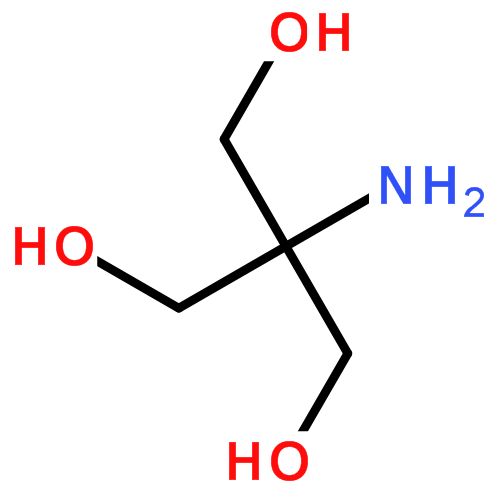As a common bio-buffer, Tris(hydroxymethyl)aminomethane (TRIS) is not only widely used as a nucleic acid and protein solvent, one of the main components of protein electrophoresis buffer, but also can produce a variety of chemicals, pesticides, medical products, it is also an important intermediate for the preparation of surfactants, vulcanization accelerators and some drugs. Besides above functions, TRIS can also be used to prepare composite phase change materials.
What is Phase change material?
Phase change material (PCM) refers to the material that changes its state with temperature and provides latent heat. When the physical state changes, the temperature of the material itself remains almost unchanged before the phase change is completed, forming a wide temperature platform, but the latent heat absorbed or released is quite large.
PCM can be recycled almost indefinitely and has the advantages of large latent heat, high energy storage density, and controllable phase change temperature range. It is the first choice for power battery thermal management systems.

TRIS is a kind of PCM
TRIS is a kind of heat storage material with excellent heat storage performance, large latent heat value and good application performance. However, it has the following shortcomings: when it is heated to solid-solid phase transition temperature or above, it will change from crystalline solid to plastic crystal, with high solid vapor pressure, volatile loss, poor stability, high cost and high equipment requirements. Which need to be overcomed before applying to the actual production.

How to overcome the shortcomings of TRIS (CAS 77-86-1)?
Researchers using solution dipping method, the TRIS can be filled into porous silica with a pore size ranging from 15~100nm and a porous glass with a pore size ranging from 12~100nm to prepare a composite energy storage material. The morphologies and heat storage properties of the obtained composites were characterized by scanning electron microscopy (SEM), X-ray powder diffraction (XRD) and differential scanning calorimetry (DSC), respectively. The space constraints of nano-dimensional affected the heat storage properties of TRIS, making the composite phase change material phase transition temperature, phase transition latent heat, supercooling, thermal cycling performance have been significantly improved.
Phase change materials have shown a broad application prospects in the solar energy utilization, electronic devices, health care products, aerospace and aerospace equipment, building energy efficiency and other aspects. The modified composite material solves the problems existing in the use of TRIS alone, and provides the composite PCM with wider temperature control range, more accurate thermal storage ability and more sensitive temperature response.


 留言列表
留言列表


